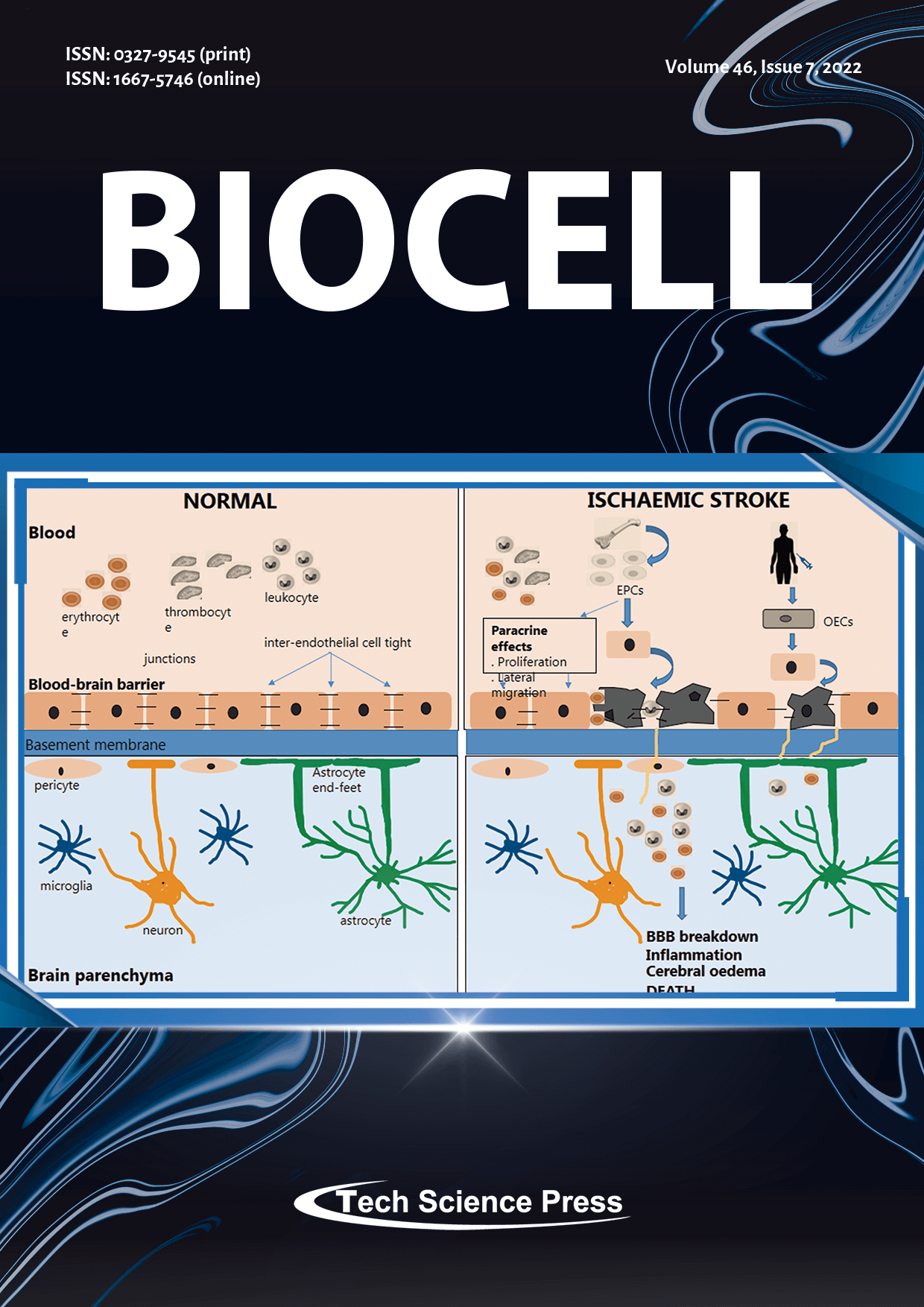
Ischaemic stroke, associated with blood-brain barrier breakdown, continues to be a leading cause of mortality and morbidity. Thrombolysis with recombinant tissue plasminogen activator remains the only approved pharmacotherapy for this disease but is only given to few eligible patients due to its short therapeutic window. Endothelial progenitor cells (EPCs), released by bone marrow in response to ischaemic injury, are important endogenous elements that replace damaged endothelial cells to restore barrier integrity. Outgrowth endothelial cells, generated by ex vivo expansion of EPCs, may serve as efficacious off-the-shelf therapeutics. However, several questions concerning their dose and delivery route need addressing before their routine application in clinical practice.
View this paper